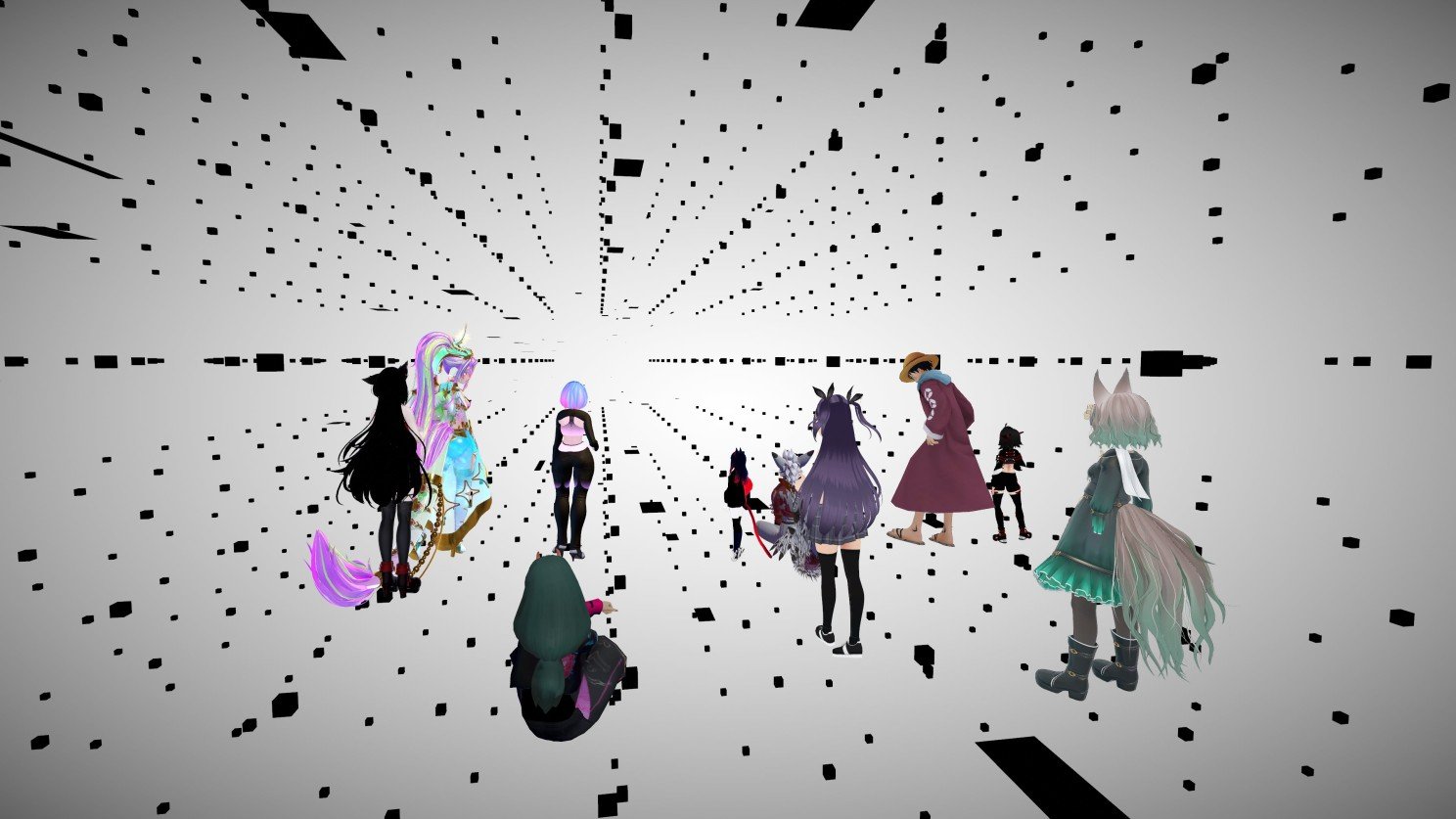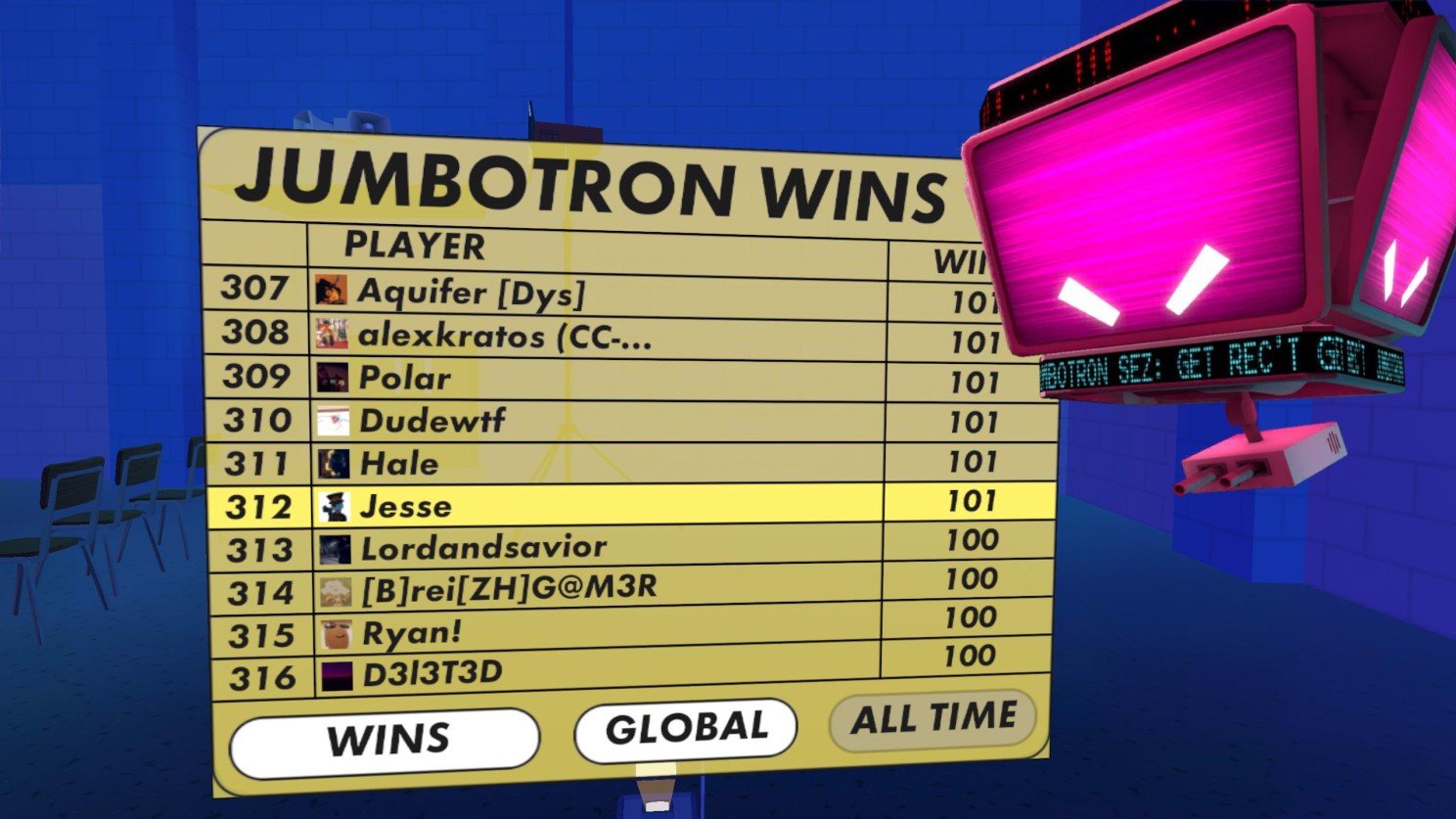Guide to Creating Immersive Worlds for Communities
Virtual spaces offer new frontiers for engagement, connection, and community-building. They enhance our physical world with immersive experiences and opportunities beyond traditional reality.
We'll explore how we can foster a sense of belonging, encourage interaction, and create immersive experience that keep visitors coming back.
Whether you're an event planner, a producer, a business owner, or simply curious about the potential of virtual spaces, this article offers insights into crafting engaging and captivating virtual worlds.
User Onboarding
& Accessibility
Create a Welcoming Environment
When newcomers arrive in your virtual world, guide them using welcome signs and initial instructions. Explaining what they can do and what they can expect will help visitors get familiar with their surroundings. Signage or maps can reduce any initial confusion or uncertainty and allow them to start exploring your space comfortably.
*credit: TarapeuticVR in Rec Room
Interactive Tutorials
Offering tutorials can demystify any unique features. By showing specific functions, movements, or actions, you empower visitors to engage with your virtual experience.
*credit: Mozilla Hubs
Immersive Experience Design
Sense of Discovery
Avoid revealing everything at once. Begin by placing users in a smaller space. This approach not only prevents overwhelm but also enhances the feeling of wonder and anticipation as they embark on their exploration.
*credit: The VR Dance Academy in VRChat
Immersive Design
Use 3D models, texture, and quality sound effects, to create an immersive experience. Let your imagination run wild as you explore vibrant colors, shapes, and sizes.
*credit: Raumwelter Festival in Mozilla Hubs
Dynamic Environments
Creating a lively atmosphere with changing scenery, weather effects, day and night cycles, or reactive elements. Make the environment dynamic rather than static with changing scenery or interactive objects that react to movement.
*credit: Fender's Stratoverse in Horizon Worlds
Community
Dynamics
Community Building
Facilitate community building with features like forums, shared spaces, community events, and collaborative projects. Fostering a sense of community can significantly increase engagement.
*credit: Fishcakes in VRChat
Calendar of Events
Establish a calendar of events and allow users to subscribe or RSVP. Regular events foster community, maintain interest and keep the environment dynamic.
*credit: GoldenCupcakes in Rec Room
Popular Interests
Aligning your content with current news and trends can spark new conversations. Consider inviting thought leaders or communities relevant to your own, or expose your community to new and enlightening learnings.
*credit: The VR Dance Academy
Engaging Content
& Activities
Wearables
Providing wearables that users can interact with. These can range from fun costumes and unique accessories to everyday items like a cup of coffee. They can also enable role-playing or other interactive elements that enhance the social aspect of the environment.
*credit: The VR Dance Academy
Mini-Games
Introduce games or challenges related to the theme of your virtual world. These activities can provide entertainment, encourage collaboration, and add an element of fun.
*credit: Nikeland in Roblox
Leveraging NPCs
Use non-player characters (NPCs) to enhance user experience. These programmed guides can navigate visitors through the space, initiate activities, and offer additional learning touchpoints.
*credit: Mozilla Hubs
Competition
& Progression
Achievements & Rewards
Incorporating a system of achievements and rewards can motivate users to further engage with your virtual environment. Some examples include badges, points, or unlockable content for completing tasks or challenges.
*credit: Sploon3 in Rec Room











